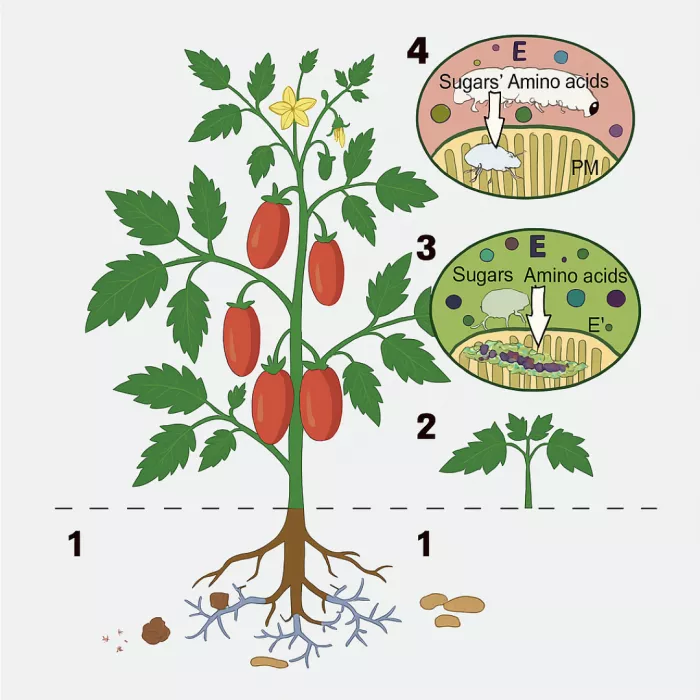
Microbial host interactions: genomic perspectives from three young evolutionary biologists

- ricerca
- terza missione
9:30 The evolution of bacteria-host interaction: Rickettsiales as a case study.
The Rickettsiales are a diverse and ancient bacterial lineage, characterised by an obligate association with a broad range of eukaryotes. They display a wide spectrum of effects on the hosts, including vector-borne pathogens, parasites of host reproduction in arthropods, and mutualists. Here, I explore different steps in the evolution of host interactions among the Rickettsiales, with special attention to under-investigated sub-lineages such as aquatic ones, investigation of metabolic interactions, host-cell invasion, and emergence of pathogenicity.
Michele Castelli, University of Pavia. Ricercatore Tenure-Track presso l'Università di Pavia. Il suo principale ambito di ricerca è la comprensione dei tratti funzionali e dell'evoluzione delle interazioni tra batteri ed eucarioti. Si è occupato di molteplici organismi, in particolare batteri del genere Rickettsiales associati a protisti e artropodi utilizzando approcci multidisciplinari, tra cui genomica comparata, analisi filogenetiche, trascrittomica, studi sperimentali e di campo.
10:00 Outsourcing evolution: nutritional endosymbiosis in ticks
Many organisms are able to occupy peculiar ecological niches relying on bacterial symbionts, surviving and thriving even with limited food sources. We can study the evolution of these relationships in ticks, understanding how mutualist and pathogenic bacteria are related and how different bacteria can replace or complement each other in the symbiosis.
Tiago Nardi University of Milan. My background is in genomics and the evolution of microbial symbionts and parasites. I started studying the bacterial endosymbionts of ticks and protozoa in my PhD at the University of Pavia. Then, I worked on the phylogeny of Nuclecytoviricota -"Giant viruses" - as a visiting scientist at the Joint Genome Institute in Berkeley. And finally, I'm doing a postdoc at the University of Milan, studying the regulation of transposable elements, the smallest symbionts of the list
10:30 Loss, persistence, and reversal of phenotypic traits: from a theoretical framing to Applied entomology
Over time, it is increasingly evident how considering only the irreversible loss of evolutionary novelties falls short of a comprehensive understanding of trait evolution. While it has been argued that complex structures lost in the line of evolution cannot revert to their former state, many exceptions have been proposed across the Tree of Life. Here, we review the more iconic examples of traits that apparently reverted after their loss, with a particular focus on practical implications.
Giobbe Forni, University of Bologna. Giobbe is a biologist interested in understanding how traits evolve, especially in the interplay between the processes that happen at the phenotypical level and the underlying molecular level. He is equally fascinated by how traits are established and how they are lost, and in order to unravel the underlying processes, he leverages different analytical frameworks, including phylogenetic comparative methods, transcriptomics, and genomics.
Info